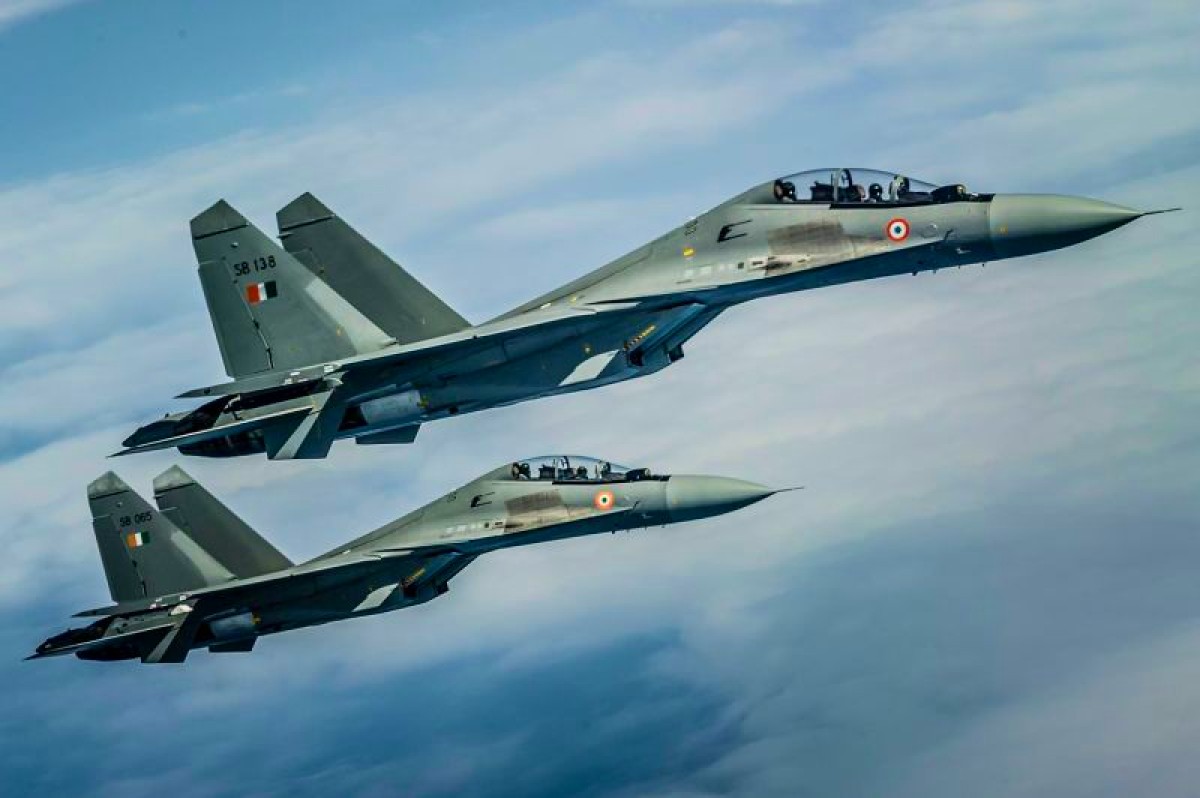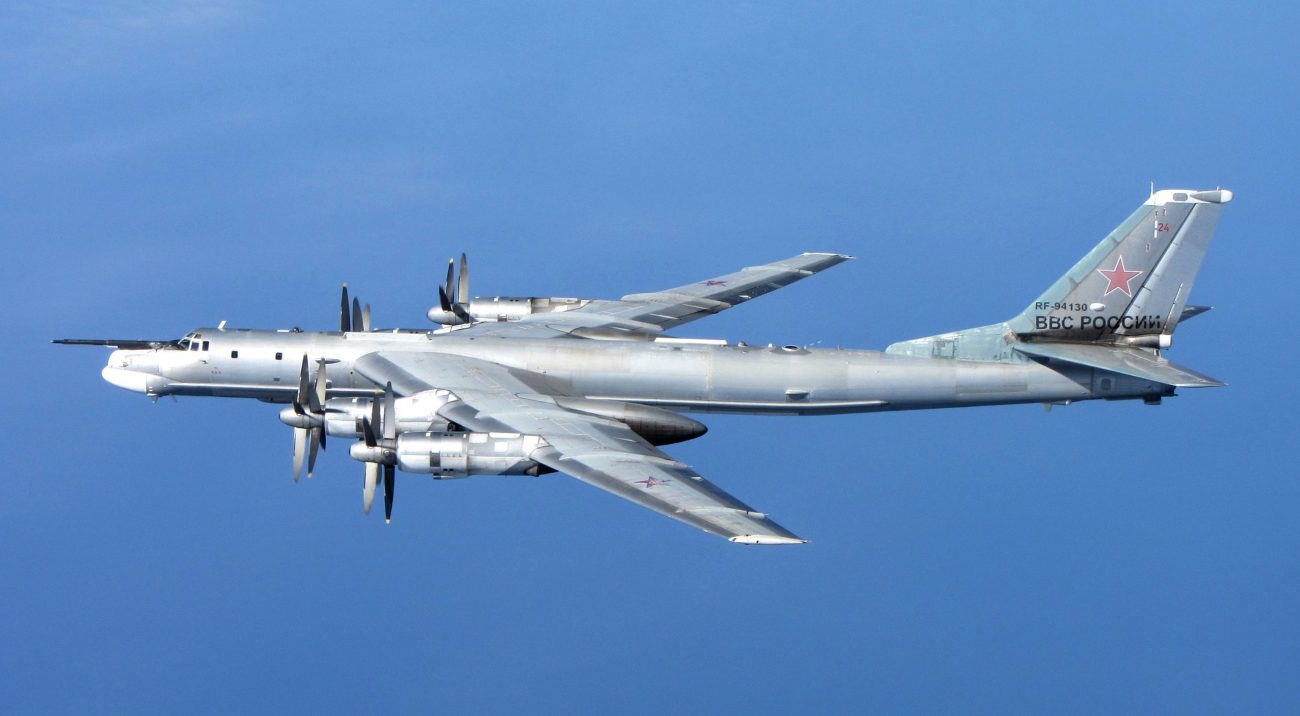In a week from now Russia–Ukraine war will be 365 days old. Pentagon had opined that the war would last no more than one week. It has lasted 52 weeks and counting. The most pertinent question is: Why did Russia not use its Air Power the way it could have used it?
Was it a deliberate decision, or was it due to its military structure of Theater Command, where the role of autonomous Air Power is not understood? Was the disgraced Russian Army Commander controlling the operations and employment of Air Power? Part of the famed Russian Air Force comes under scrutiny, primarily due to minimal use/utilization.
The Russian Air Force performed highly successful operations in Syria with minimal losses. Of course, the Air Defense environment in Ukraine is quite at variance in potency compared to Syria.
Sadly Russians did not learn their lessons from the Afghanistan war debacle, where Stinger missiles caused havoc with the Russian Helicopter fleet. Excessive exposure and inability to carry out ‘Nape of the Earth (NoE)’ flying was the primary cause of Stingers shooting hundreds of Russian Helicopters in Afghanistan.
Control Of Air Power
Current Russian Military leadership in the theater has ignored the fundamental maxim of winning any conventional war, which states, “Control of Ground Below is assured if One Controls the Sky above.”
The non-employment or limited employment of offensive elements of Air Power has not given the Russian ground forces the advantage over their Ukranian counterparts, hence the reverses and stalemate situation.
Russia has inadvertently followed what India did in the 1962 war against China. Indian leadership did not use potent strike elements of Air Power, fearing escalation of conflict.

The consequences were disastrous. Russia has failed to apply the full potential of air power. The reluctance to use potent flying machines has caused the war to prolong. The threat of ground-based SAMs should not be a deterrent.
Suitable tactics with extensive use of ECMs/ECCMs measures could have neutralized the ground-based AD elements. Suppression of Enemy Air Defense (SEAD) is essential to the offensive air campaign. The importance of SEAD missions can be understood by a full-time air warrior controlling the air war. Why Russians did not adopt this elementary precept of air warfare is baffling.
When Russia launched the offensive, the balance of power with specific reference to fighters and helicopters favored Russia. Russia had nearly 800 fighters against less than 100 in Ukraine. Similarly, Russia had overwhelming superiority in the number of attack helicopters, about 500 against less than 50 in Ukraine.
With such overwhelming superiority of numbers and quality, the Russian Air Force has given a poor account of itself. Russia follows the Theater Command structure for its military. Russian Air Power elements viz fighters, attack helicopters, transport aircraft, etc., are under the unified command of an Army Officer primarily on account of the organizational structure of Theater Command.
The current Russian Air Force commander is Lieutenant general Sergei Dronov. Did he have/does autonomous/independent control to execute air war in coordination with ground offensive will only be known after the war ends; if it does. This is the virtue (read limitation) of the Theater Command structure that we are keen to adopt blindly.
Tactical Deficiencies
The Russian Air Force ought to have first neutralized the Ukranian Air Defense. Instead, they adopted strategic bombers viz Tu-95 AND Tu-160. It is believed that more than 1000 Kh-101 cruise missiles were fired within the first ten days.

Ukraine used Russian S-300, SA-8, and SA-11. These SAMs have accounted for downing most Russian fighters and helicopters. It is evident that the Russian Air Force either did not or could not jam strategically placed Ukrainian ground-based radars.
A professionally and autonomously controlled Air Force could not have made such glaring errors in the execution of the employment of Air Power. Incidentally, there are few instances of Ukrainian fighters challenging the Russian fighters. The Russian Air Force operates a few EW and AEW&C aircraft.
The employment of these vital assets was found wanting both tactically and operationally. Before launching an air war, electronic mapping is a fundamental tenet of air warfare. Russian Air Force has failed to do this. An independent Air Force Commander would never launch unless electronic mapping of the intended target area has been done.
Will an Army Officer as a theater commander understand the need for electronic mapping? The disastrous results of the lack of such basic knowledge are evident. The yawning capability/employment gap in the C4ISR capability of the Russian Air Force is quite apparent.
Cause/s For Such Sub-Standard Performance
The Air Power of the erstwhile superpower has fallen on hard times. Before the collapse of the USSR, the USSR Air Force acquired around 350-400 aircraft every year.
But since the collapse of the Soviet Union in 1991, Air Force was sidelined. In 1992 only 32 planes were acquired, with the figure reaching ZERO in 1997. The neglect of Air Power has a considerable cost, which Russia has learned.
Such negligence lasting for over three decades has brought into focus the need for modern, powerful, and potent Air Power. Perhaps more important is that centralized control under theater command influenced long-term acquisition plans, training, and tactical education.
Lesson/s
The most important lesson, at least as yet, from the unfinished Russia-Ukraine war is the need for an independent and proactive air power commanded by professional air warriors. Air Power distributed in penny packets can not deliver the punch required.
The Indian ignoramuses are determined to accomplish what Russian Air Force has achieved under a Theater Command Structure.
Any future conventional war will be won decisively only when a country’s Air Force can simultaneously achieve air control and air denial and enable surface forces to operate and achieve their military aim.
To achieve this, the adversary Air Power would have to be decimated on the ground and in the air. Only an independent Air Force with clearly enunciated doctrine can accomplish this.
- Gp Cpt TP Srivastava (Retd) is an ex-NDA who flew MiG-21 and 29. He is a qualified flying instructor. He commanded the MiG-21 squadron. He is a directing staff at DSSC Wellington and chief instructor at the College of Air Warfare. VIEWS PERSONAL
- Follow EurAsian Times on Google News




